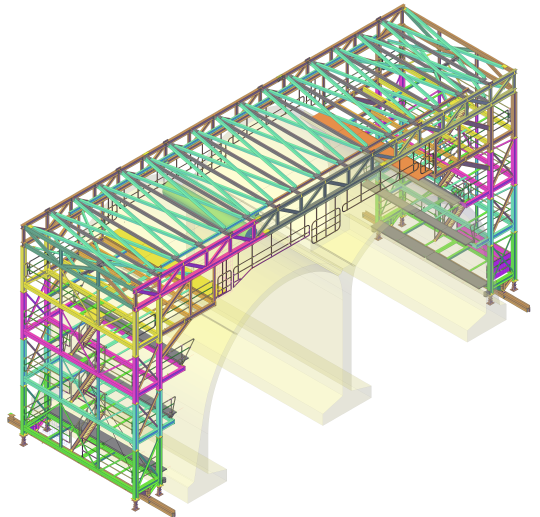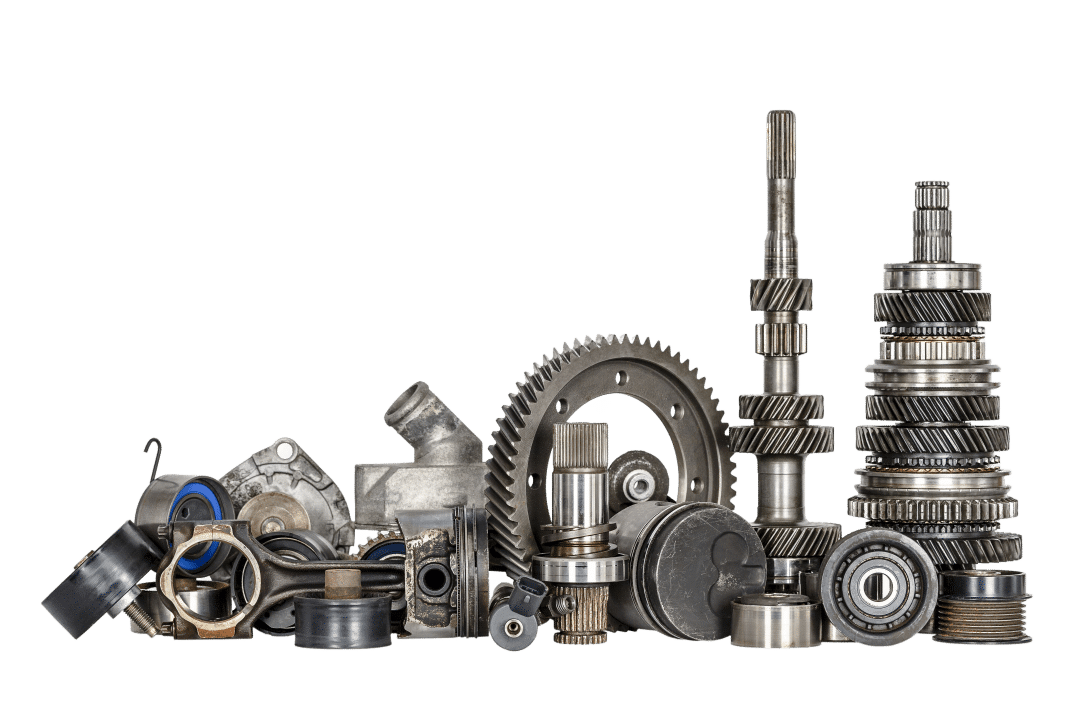Building information modelling (BIM) is a 3D modelling-based process which supplies energy professionals with the tools necessary to plan, construct, retrofit, and manage buildings and infrastructure. With BIM services, energy retrofits become much simpler as construction teams have the ability to optimise each stage of the project lifecycle.
For increased productivity and energy-efficient building solutions, consider these steps on how to use BIM for energy retrofits.
1. Analyse retrofit workflow
Identify the different tasks throughout the retrofit project that can benefit from BIM integration. This involves studying the retrofit workflow and determining the project requirements. A traditional retrofit workflow has five phases, including inception, brief, design, production and demolition.
2. Determine BIM uses and goals
Use the information from your retrofit workflow analysis to determine what characteristic objectives of the project can benefit from BIM. At this stage, construction teams may develop and implement a new set of project goals. For instance, an example of a BIM retrofit project goal may be “to evaluate the cost associated with design changes.” BIM can help with this by helping to examine existing project conditions, monitoring system performance and allowing you to determine author cost estimates.
3. Plan the BIM retrofit process
Planning a BIM retrofit process allows you to highlight the information exchanges between BIM uses during the project lifecycle. Use the BPMN modelling language technique, as ratified by ISO19510, to visually map project processes and determine where BIM comes into it. The BPMN is a flowchart technique and uses standard graphical notations. It uses flow chart symbols to represent different elements of the project. For instance, the sequence flow is represented using solid lines that demonstrate the order in which activities will be completed.
4. Develop the detailed BIM uses
Start by using BIM to collect data on the building. Data acquisition technologies usually include automatic techniques, such as laser scanning, or manual techniques, such as tape measures. Using manual techniques allows you to gather spatial data necessary to obtain the BIM specification of the building. Automatic techniques are necessary when wanting to generate complex BIMs with multiple spatial points.
Collecting this data assists with the detection of any incompatibilities that are common in works of energy retrofitting.
5. Outline the BIM information exchange
Establish the information exchange that will take place between stakeholders throughout the construction life-cycle. Determine what information is necessary for each BIM use and what stakeholders are responsible for ensuring it takes place. Project teams should also identify the preferred format for exchanging information. This involves outlining what communication hardware or software to use, the communication procedure, and the collaboration procedure. While the communication procedure may consist of frequent meetings, the collaboration procedure may involve regular documentation and file permissions.
Be sure to follow the Employer’s Information Requirements (EIR) when establishing the expected information outcomes. This guarantees you implement information exchange processes that lead to better time management and productive workflows.
These steps demonstrate how BIM can be used to foster greater cooperation between various teams and consultants throughout the retrofit project lifecycle. With BIM, companies can focus on improving existing buildings through sustainable techniques. If you’re interested in BIM for your energy retrofit building services, contact Restoric Design today for more information on 01462 514 300 or email us at info@jensen-consulting.co.uk.


